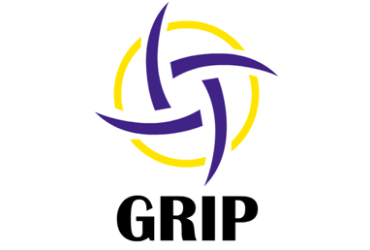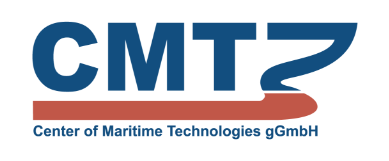
Gefördert im 7. Forschungsrahmenprogramm der Europäischen Union
Laufzeit: 01.10.2011 – 31.10.2014

The aim of the GRIP project is to reduce fuel consumption in shipping by 5% (with individual ships up to 10%) and thus reduce exhaust gas emissions. Its first objective is to give a sound basis for the choice of energy-saving devices (ESD) for ship owners. The second is to give insight into the detailed requirements on the device design by performing an analysis of the interaction between hull and propeller and the structural integrity of the device.
For many devices available on the market, it is not clear if and why energy is saved. The choice of an ESD for a ship owner is mainly based on trust. Within GRIP, the most promising ESDs will be studied for several ship types, giving insight into flow changes, relating them to performance improvement and energy savings.
Many ships come from Far Eastern yards who keep the hull lines secret. Therefore, a ship owner cannot order an ESD without returning to the original ship yard. Within GRIP, we will develop a digitising technique for determining the hull lines, allowing the ship owner to order the device from, and have it fitted in any European ship yard.
The project will deliver an early analysis tool for ship owners to characterise the potential energy savings and associated costs by retrofitting a device on a ship. The second deliverable will be an optimised yard process in combination with digitising of the hull lines. The final deliverable is a detailed design procedure for manufacturers, surveyors and hydrodynamic institutes.
The objectives will be validated by designing new ESDs for several ship types. For one of these devices, validation of the energy-saving will be obtained in speed trials.
The consortium consists of world-leading hydrodynamic institutes, propeller designers, a European ship operator, a major European yard, a yard association, and a classification society; bringing together a wealth of knowledge on propeller-hull interaction, structural integrity and manufacturing processes.
| KÜRZEL | UNTERNEHMEN | LAND |
|---|---|---|
| MARIN | Stichting Maritiem Research Instituut Nederland (Koordinator) | Niederlande |
| BV | Bureau Veritas Registre International de Classification de Navires et d´Aaeronefs SA | Frankreich |
| CMT | Center of Maritime Technologies e.V. | Deutschland |
| FC | FINCANTIERI - Cantieri Navali Italiani SPA | Italien |
| HSVA | Hamburgische Schiffbau-Versuchsanstalt GmbH | Deutschland |
| VICUS | Vicus Desarrollos Tecnologicos, S.L. | Spanien |
| WPNL | Wärtsilä Netherlands B.V. | Niederlande |
| Acconia | Compania Trasmediterranea SA | Spanien |
| IMAWIS | IMAWIS Maritime Wirtschafts- und Schiffbauforschung GMBH | Deutschland |
| ART | Arttic | Frankreich |
| ULJ | Uljanik Brodogradilist DD | Kroatien |
